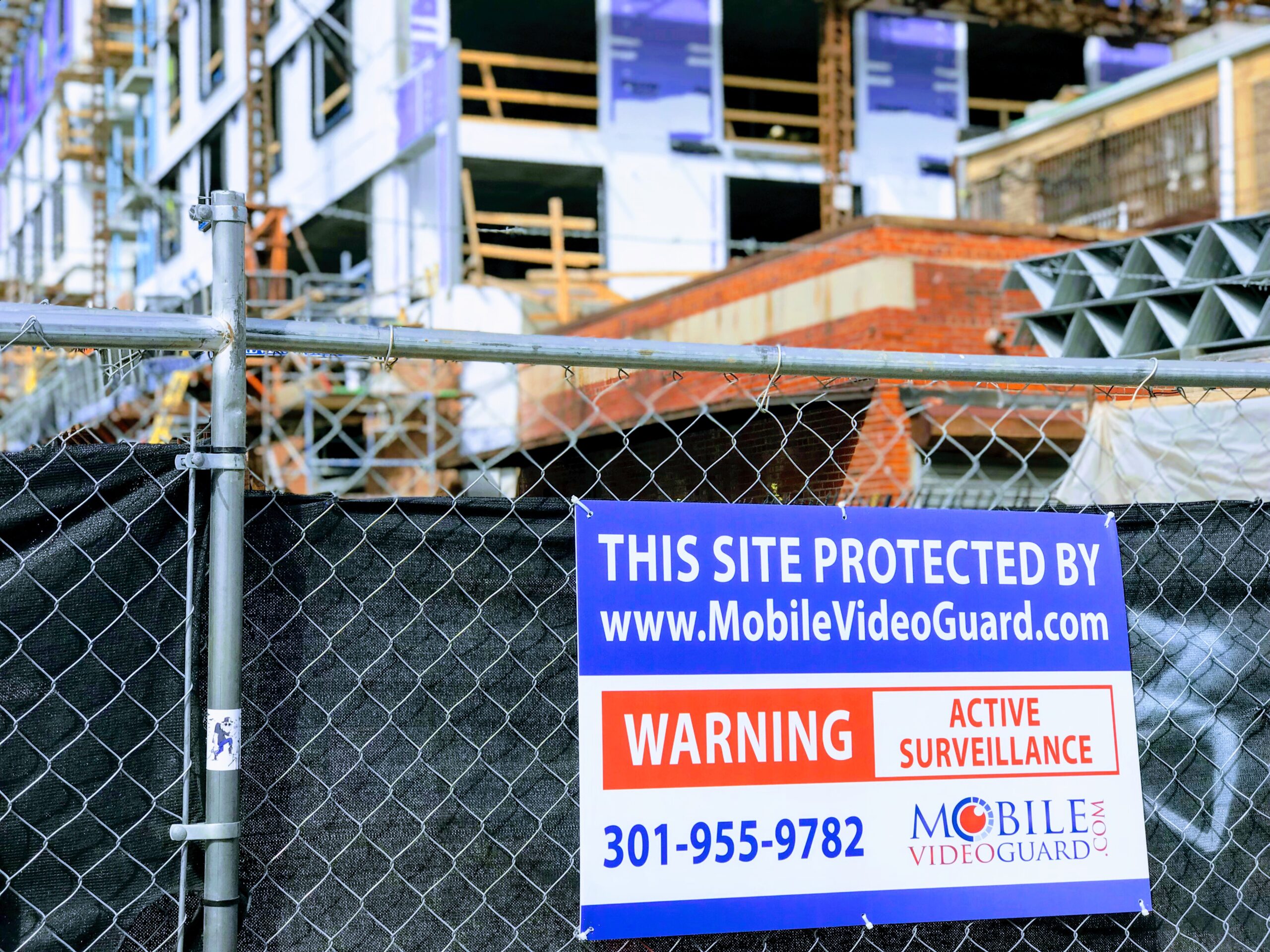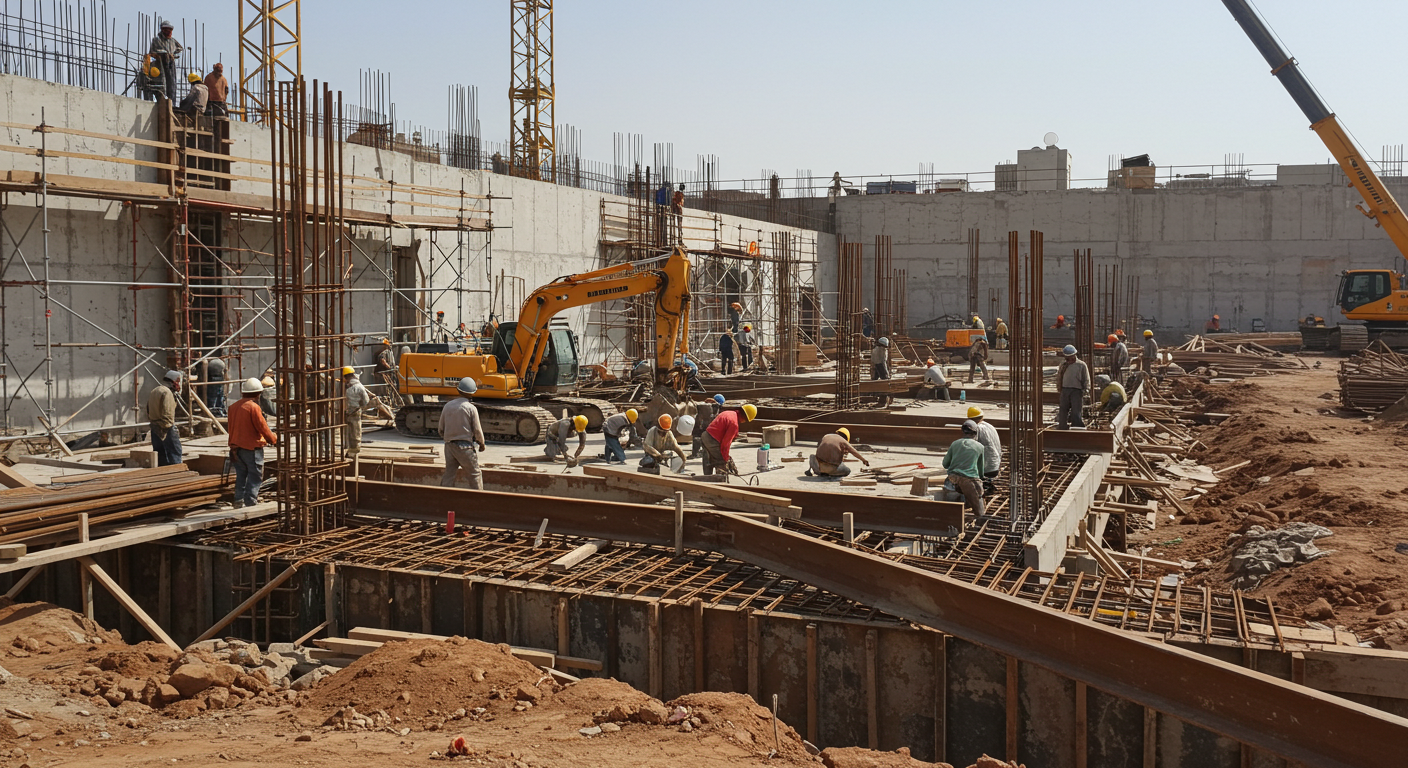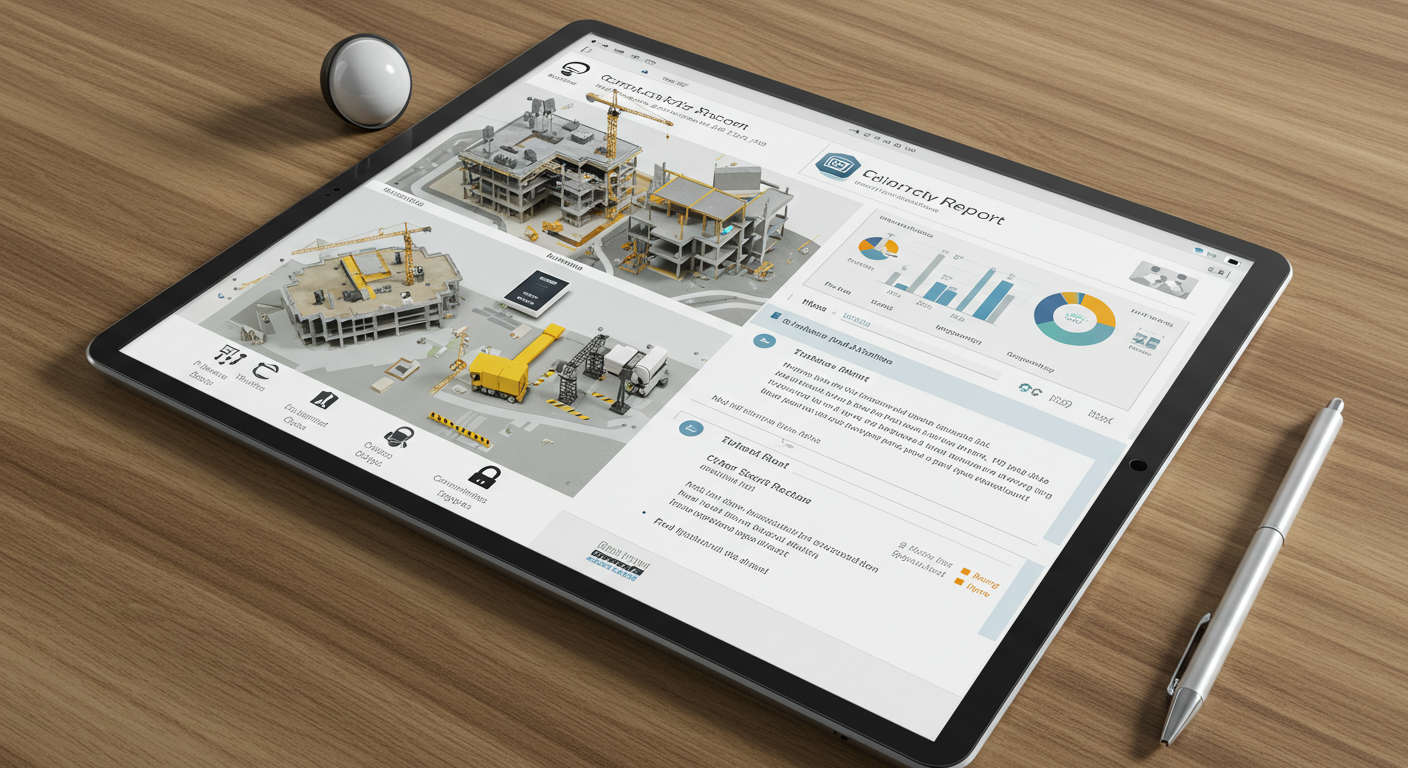Do you work on a construction site, material yard, utility infrastructure site, or a similar kind of environment?
If so, it’s easy to assume that the premises will always be secure throughout your workday. However, this level of protectedness doesn’t happen on its own.
Rather, a security director is usually working behind the scenes to make sure that your environment is as safe as possible.
Never heard of this role? Curious about what it entails?
Read on to learn all about a security director’s critical responsibilities, and the impact they have on your organization as a whole.

What Does a Security Director Do?
In short, a security director is responsible for making sure your organization’s facilities are safe for employees, vendors, and visitors.
This means monitoring various checkpoints using various forms of surveillance equipment to make sure there is no suspicious activity going on anywhere near or on the premises. For instance, a security director might place surveillance cameras at the following public locations:
- Entryways
- Exits
- Manufacturing areas
- Shipping/receiving areas
- Parking lots
Keeping a close eye on this video footage can help a security director identify any instances of:
- Theft
- Vandalism
- Terrorism
- Fire
- Forced entry
- Any other abnormal activity

Overseeing Team Management
As the director of security, this person will often be in charge of a team of security guards and surveillance personnel. In addition to monitoring surveillance equipment, these team members will patrol the grounds by foot, protecting it on all sides from the aforementioned threats.
The security guard will effectively manage this security staff. This will include providing routine training, practice drills, and other instruction to make sure they’re up-to-date on the latest protocols and industry best practices.
Maintaining Security Plan and Training Program
When any member of a security team, including the director, is faced with a security concern, it’s critical that they know how to respond. Knowing the correct steps to take in the event of an emergency is necessary to protect workers from harm.
Organizational Security Plan
A security plan is an important piece of documentation for any organization, in any industry.
While the specific details of the plan might be unique to your business, there are a few objectives that any successful plan should seek to meet. These include:
- Reducing facility threat levels
- Reducing facility vulnerabilities
- Improving facility capacities
A security director will ensure that, at a minimum, the plan addresses these details in full:
- Risk assessment steps
- Risk treatment steps
- Physical security controls
- Information security policies
Security Training Program
While this plan is essential, it isn’t helpful if it simply remains in a binder on the break room shelf.
The security director is responsible for developing a comprehensive security training program for each member of the security team. This ensures that he or she abreast of all policies contained within the plan and has completed the required training procedures. This will include both local certification training and annual, recurring training.
This employee training plan will include:
- Training dates and security director initials
- List of all certifications
- Path to follow to obtain other certifications
- A counseling sheet with official remarks and recommendations

Performing Security Audits
Often, one of the most effective ways to test an organization’s security level and response capacity is to perform a security audit. The director of security will schedule and perform this audit at random to test team member’s skills and readiness, as well as to make sure all critical surveillance equipment is working as it should.
This is also a key way to make sure the policies outlined in the security plan are being implemented.
Key steps in the audit might include:
- Examining the physical layout of the facility
- Analyzing the quantity and location of all access points
- Measuring security guard performance
- Investigating the current use of physical security technologies
Security Reporting
All security staff members have two main duties: to observe and report.
Another important role of a security director is ensuring compliance with all reporting requirements.
Keeping accurate, timely records of all security activities can help reveal vulnerabilities in an organization’s current work structure. In addition, these reports can also serve as important written evidence in the event of a legal investigation.
A few of the different reports that a security director will require include:
- Daily activity reports (DAR)
- Incident reports
- Maintenance reports
These reports will remain onsite for a minimum of two years, especially DARs. Not only do DARs help identify an organization’s current security needs, but they also help pinpoint repetitive issues for remediation.
Allocate Security Resources
Another job requirement for any security director is allocating and managing critical resources designated for physical security. Especially in larger companies, this can mean taking charge of myriad different kinds of equipment, including:
- Physical barriers
- Security lighting
- Alarm systems
- Sensors
- Video surveillance
- Pole/wall-mount surveillance systems
- Access control systems (mechanical and electronic)
The security director will be responsible for making sure all of these devices are in their correct location and in proper working order.

Find Security and Video Monitoring Services Today
A security director is a critical asset to any organization, helping to keep the entire workforce safe and secure.
Yet, this staff member is only as powerful as the tools at his or her disposal. As threats become more sophisticated and severe in nature, the tools and equipment that security personnel use should be equally advanced.
Looking for the ultimate video monitoring solution designed to keep your temporary, remote, or permanent facility as protected as possible? Need 24/7 security, but seeking an alternative to traditional guard services?
That’s where we come in.
Our Mobile Video Guard solution is a remote-monitored video surveillance system designed to keep your premises safe around the clock. Our systems are live-monitored from 6pm-6am daily, with motion recorded 24 hours a day. Features such as red/blue flashing strobe lights and a loudspeaker add extra protection and peace of mind.
Request a free quote to learn more about how the system works and the benefits it can provide your organization. Let’s connect today!



